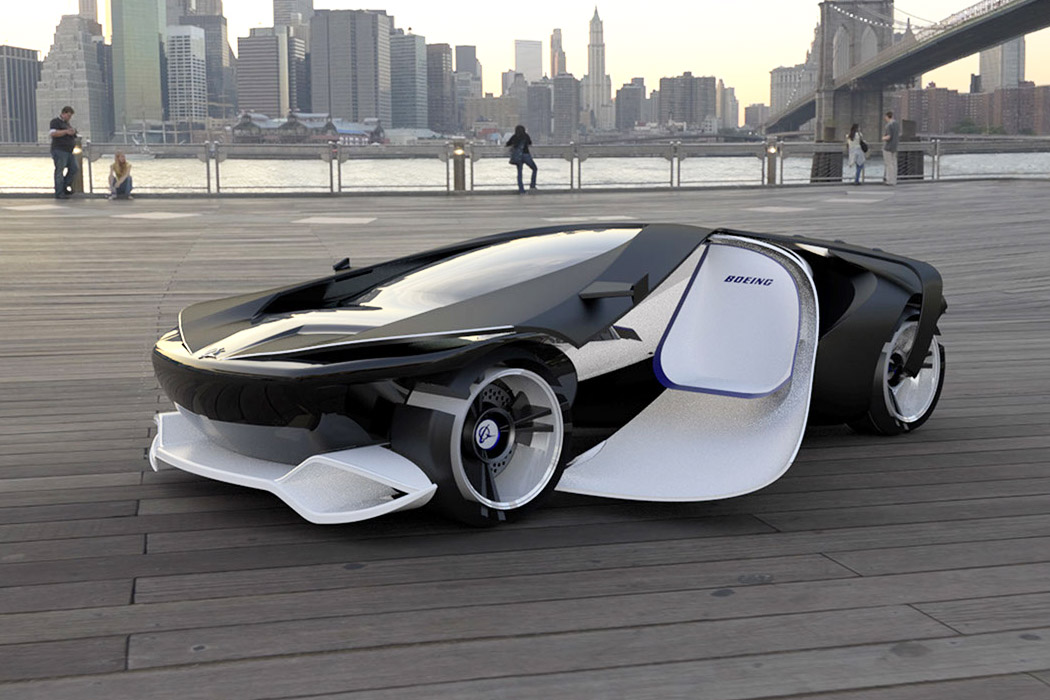
Boeing’s first attempt at a car didn’t go so well… but with driverless tech evolving, it’s the perfect time to give it another go! The Boeing 777 (don’t be deceived by the name, it’s not a plane) is designed to be an extension of a carrier’s flight service once business class passengers hit the runway… and it’s entirely autonomous!
Named after the first plane to be developed entirely via computer model in 1994, the 777 would pick up business and first class passenger directly on the tarmac, delivering them to their final destinations in an ultra-lix cabin with creature comforts like an advanced entertainment display and interior spaciousness. Other features include Boeing’s own spectro lab solar cells, lidar sensors, and a pedestrian notification lighting system in place of headlights.
If nothing else, it’s a nice test before autonomous planes become a thing!
Designer: Pauline Mariotti
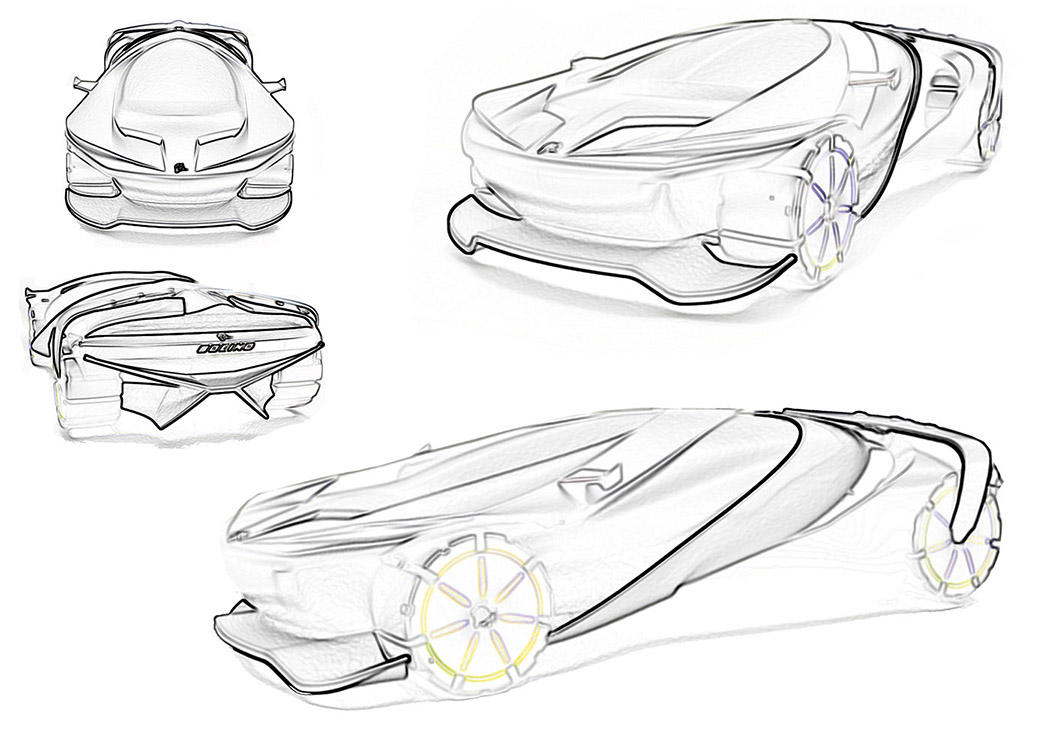

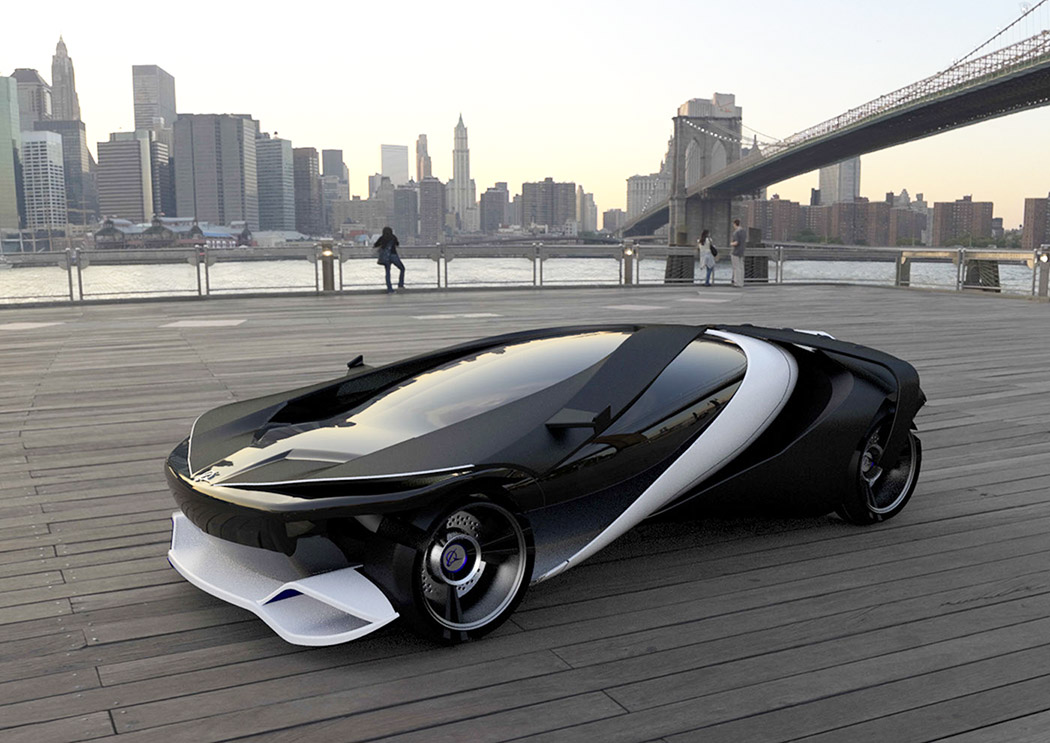

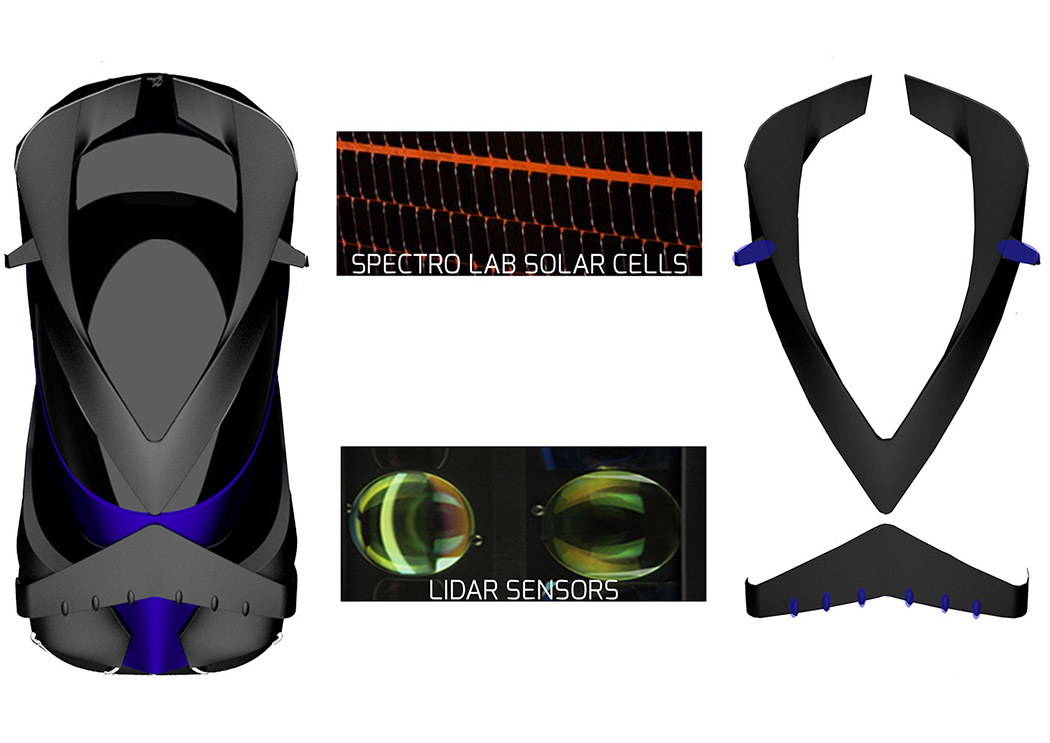
Skeleton covered in spectra lab solar cells are 40 times more efficient than the average solar panel and have already been tested successfully on space missions.
Lidar sensors (in blue), already in widespread use in the automotive industry are a good example of an aviary technology applied beyond its primary field of application.
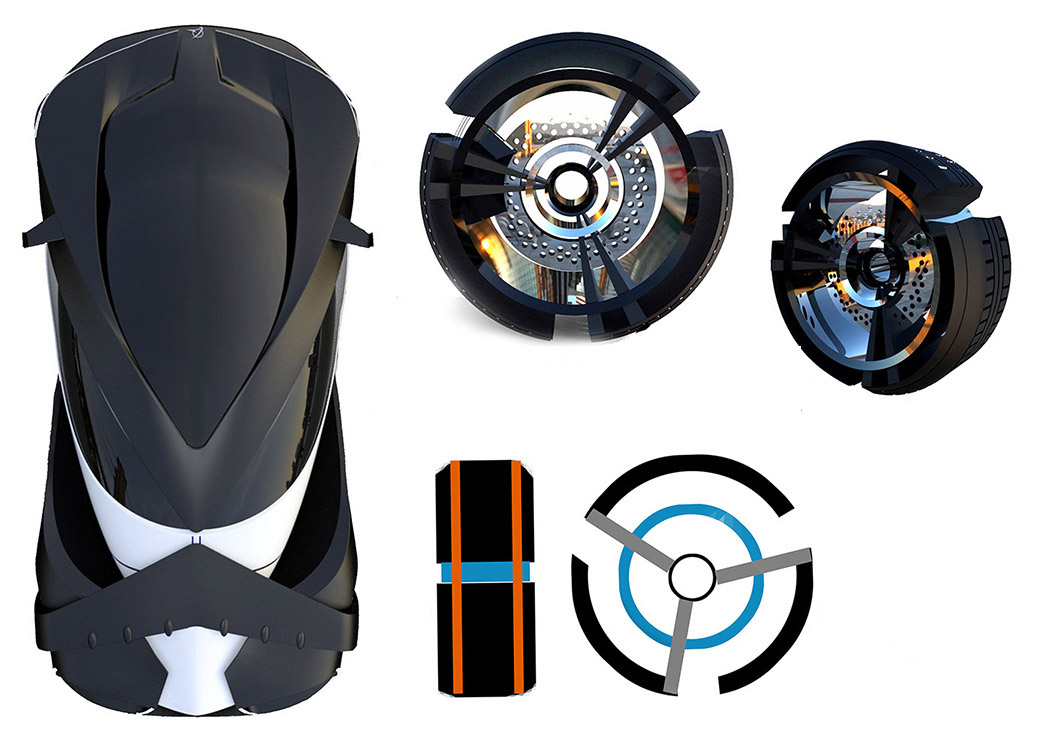
In a fully autonomous future, the role of headlights would change. They would no longer be needed for the drivers’s visibly. The inner circle of the wheels shines brighter when the car is breaking, alerting pedestrians that the car is slowing down.
Since the tires are split into 3 separate parts, the light can be seen through the gaps.
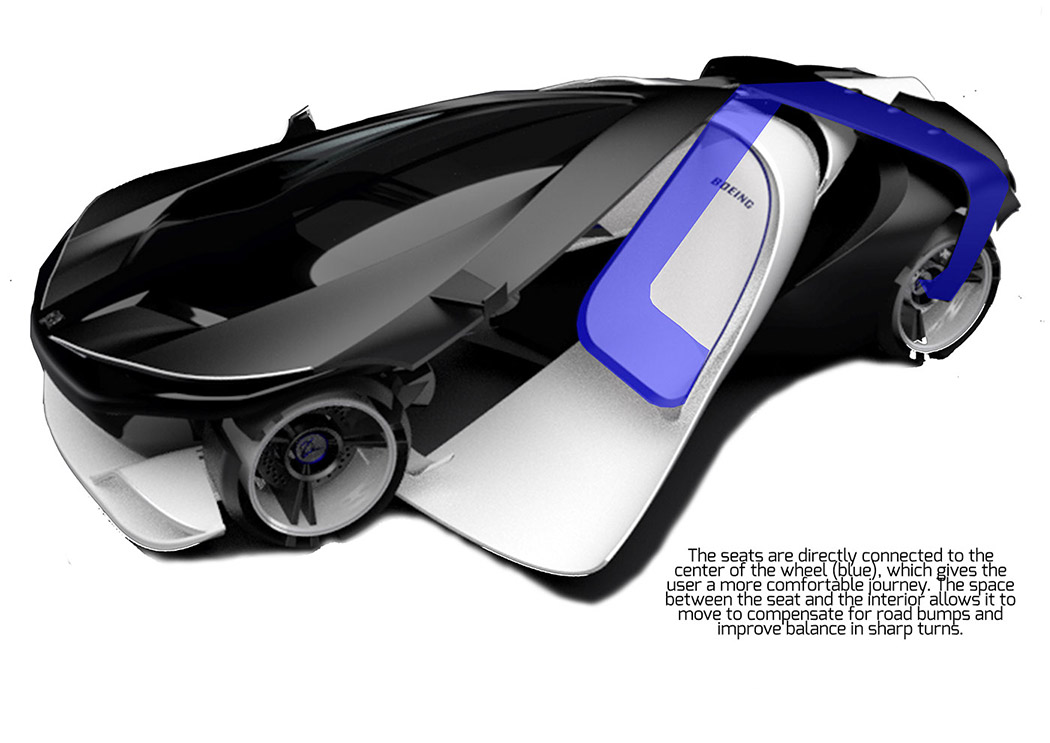
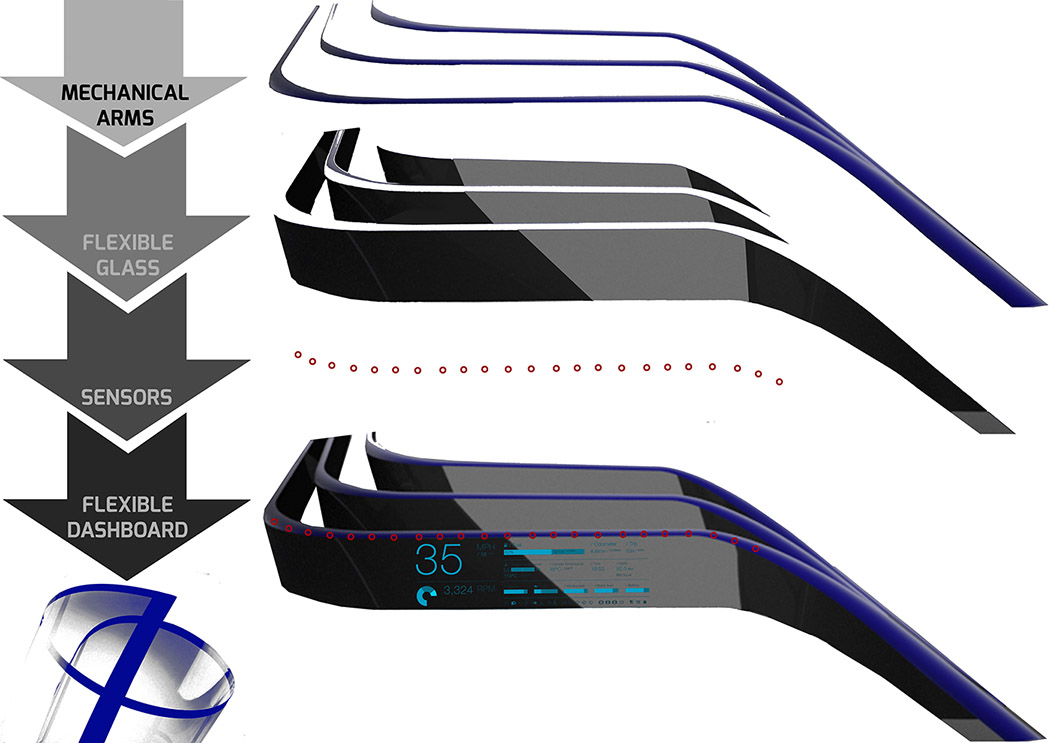
The dashboard is made of smart glass (also called switchable glass) which allows the user to make it fully transparent and have a clear view of the road ahead. Each of the 3 layers moves separately, allowing the user to place them on top of each other when more information is needed.
![]()











